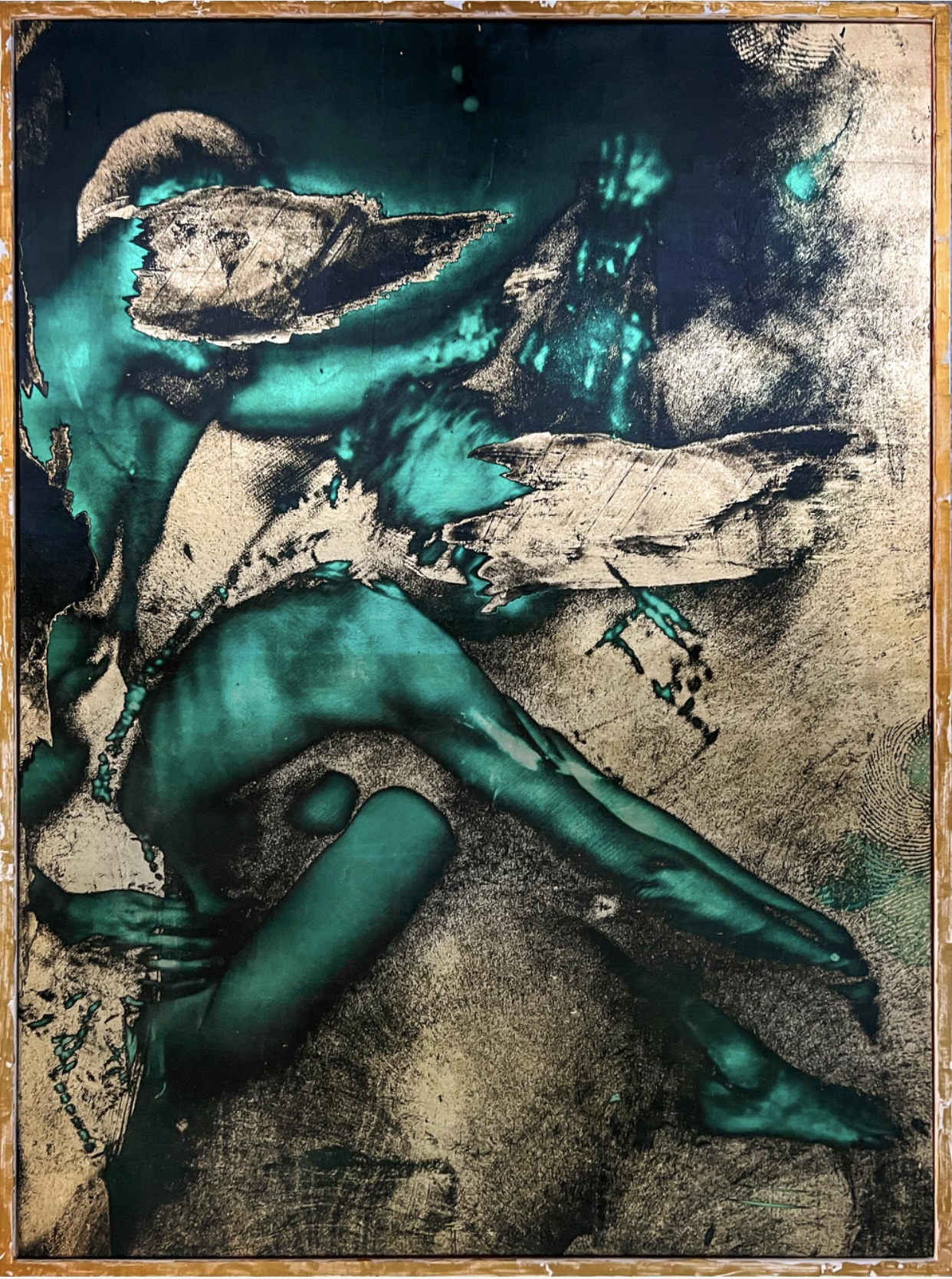Artist Alexander Boguslavsky
Alexander Boguslavskii is a photo artist who works using the ambrotype technique. He received his first camera at age 8 for his birthday. It was the iconic Soviet camera Smena 8M. Since then, Alexander has been filming non-stop.
- Curriculum
-
After experiencing digital technologies, the artist understood their processing capabilities and large circulation, but came to the conclusion that endlessly multiplying entities was not his way. And then he accidentally became acquainted with the ancient technology of ambrotypes: black and white images on glass, made using 19th-century technology. He was amazed by the ability to convey the effect of presence - this was a direct consequence of a long exposure, as a result of which the camera captures not an instant, but a period of time, a piece of a past life. The model does not move for 8-10 seconds, but the person’s breathing, invisible micro-movements of the eyes and skin, even his emotions and thoughts - all this remains on the glass. The widest black-and-white range, which neither film nor digital has, the elaboration of the smallest details, and the absence of grain partially explain the effect that occurs when looking at the ambrotype. Each image on glass is truly unique. This is a feature of the technology; the term “ambrotype” itself is translated as “immortal imprint.”
Compared to digital and film, ambrotype is the most expensive technology. Therefore, it presupposes a different attitude, a different composure. Ambrotypes appeared in the 19th century, at a time when photography was considered real magic. The process is complex and labor-intensive. When shooting, the model must remain motionless for much longer than usual. The lens records micro-movements of the skin, changes in eye color, breathing, mood, feelings.
The image is applied not to paper, but to a glass plate, and is subsequently transferred to interior-sized acrylic glass using gilding techniques. Overexposure, darkening, smudges that arise by chance give it a special, often unexpected meaning. On glass, the face acquires depth and comes to life, as if with a 3D effect. Over the years, the image does not fade or fade, as confirmed by ambrotypes made 150 years ago.
Modern digital technologies cannot replicate the magic of ambrotype. Only a few people around the world are seriously involved in it. These are art enthusiasts who help a person look inside themselves and learn more about themselves.
Alexander Boguslavsky is one of them.


